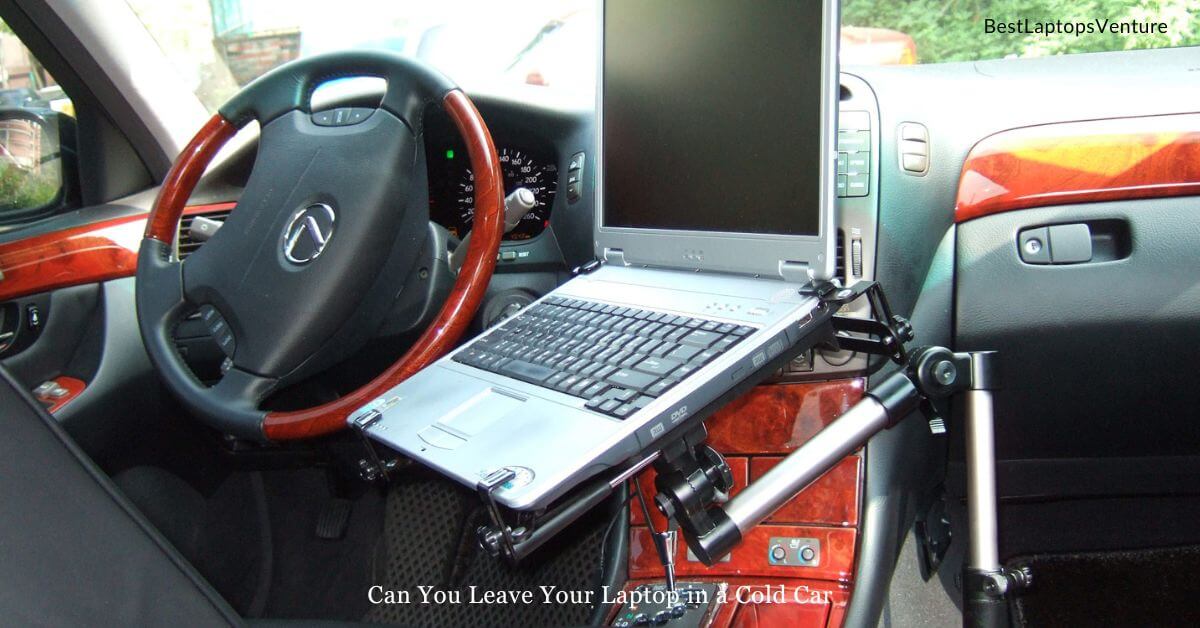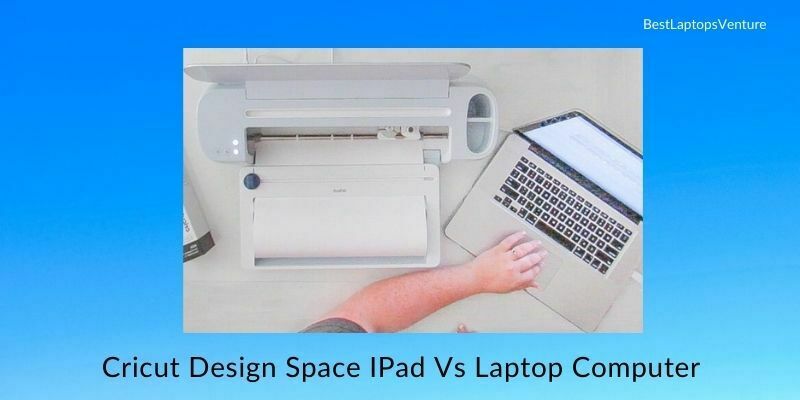![How To Connect Your Laptop To A Monitor? [Easy Methods] 1 How To Connect Your Laptop To A Monitor?](https://bestlaptopsventure.com/wp-content/uploads/2024/03/How-to-connect-your-laptop-to-a-monitor-1024x536-1.jpg)
There are a variety of reasons why you might need and want to connect your laptop to an external monitor, including a need for a larger screen, the necessity to share a presentation with a small group, or even (gasp!) the case that your laptop’s display fails to function.
Each of these instances may induce a sense of terror, but have no fear; there is a method to connect and obtain that more screen space.
In an ever-changing world of technological components, the problem may be negotiating among ports and adapters to get you cruise-ready on that second screen.
Here’s a fast overview of everything you need to know about using it with an external display or even numerous monitors.
Let’s find out How to connect your laptop to a monitor?
The majority of laptops include at least one port for connecting a monitor, which may be HDMI, VGA, DVI, or DisplayPort.
Certain ultrathin laptops require an adapter since they lack a full-size DisplayPort or HDMI output, which is not usually included.
Although we’re discussing laptops, connecting a second screen to a PC is just as simple: simply glance at the back of the computer to connect whatever connections are available.
If you don’t already have a screen, make certain that the input matches the output of your laptop.
Conveniently, we’ve compiled a list of our top picks for the finest monitors to buy.
Occasionally, some of the digital possibilities can be mixed and matched. For instance, a standard cable may be used to convert DVI to HDMI.
However, without a box of active electronics, it is impossible to convert an analog signal (such as VGA) to a digital signal (such as HDMI): any passive cable purchased would not work.
Some of the most recent laptops may be equipped with simply a USB-C connector. This is the identical physical connector as the one seen on the majority of new Android phones.
It’s reversible, and you can purchase a USB-C to HDMI or USB-C to DisplayPort cable, depending on which of these inputs your display supports.
On both your laptop and screen, search for the following:
Another alternative is to utilize a USB docking station that has one or more HDMI, DisplayPort, DVI, or VGA connectors, as well as additional USB ports, memory-card readers, and wired Internet connectivity through Gigabit Ethernet.
With a single USB connection, you connect to the dock and instantly obtain access to all of the dock’s ports.
To determine whether the dock is compatible with your laptop, determine if it supports USB-C or the older USB-A (commonly known as USB 3.0).
We put the finest USB-C and Thunderbolt docks to the test. For older USB-A/USB 3.0 laptops, a dock such as Plugable’s UD-3900 is ideal: it costs about £100 in the UK and under $90 in the US on Amazon.
How to add a second screen to your Windows computer
After connecting the proper wires between your laptop and monitor (and powering the monitor if necessary), it’s time to set Windows to use both screens.
When a monitor is connected and switched on, Windows will often immediately recognize it and replicate the contents of your laptop’s screen on it.
If there is nothing visible on the screen, use the buttons to navigate to the menu and check if you can pick the right video input, since not all will immediately switch to a video input when a video signal is received.
Following that, right-click on Windows’ desktop and select Display Settings.
Alternatively, select Start, Settings, and System from the menu bar. Orientation, font size, and resolution are all available here.
How to stretch or replicate the Windows desktop among two monitors
You may choose what to display on each of the two screens in a variety of ways.
• Mirror: The second monitor replicates the contents of the screen on your laptop.
• Extend: The Windows desktop is displayed on both monitors.
• Display on only one or two monitors: Only one of the monitors will be used (click Identify to see which is which).
Another method of switching between these modes is to locate a function key on your laptop’s top row of keys that displays two monitors.
By pressing the Fn key in conjunction with that function key, you should be able to change between the various configurations: laptop display only, laptop display plus external screen, and external display just.
Almost always, you’ll want to select ‘Extend these displays’ so that you may consider the second monitor as a distinct desktop where you can run a different application from the one now displayed on your laptop screen.
Then, drag monitor 2 to its physical location on your desk in the figure underneath the headline ‘Customise your display.’
It starts on the right-hand side of your laptop’s screen, which may be OK if you place it there.
If the monitor’s resolution is higher than the one on your laptop, the rectangle in the illustration will be bigger – this has nothing to do with the monitor’s real size.
You may move the second monitor’s icon to align the bottom margins, or you can leave the top and bottom areas equal: the choice is entirely yours.
However, keep in mind that this will influence the way the mouse is moved between displays.
Ascertain that the quality for each screen is set to the native resolution of each monitor – you may need to consult the specs if you are unfamiliar with these numbers.
For high-resolution screens (mostly 4K monitors), you’ll probably want to utilize the ‘Change the size of text, programs, and other things slider to ensure that everything is clearly readable. 150-250 percent is a typical setting.
Once you’re satisfied, click Apply, and the adjustments you just made must be displayed on the laptop’s monitor.
Conclusion on How to connect your laptop to a monitor
You can now utilize your linked monitor in the same way that you would your laptop screen: you can set shortcut icons on it, start programs, and even run several apps simultaneously.
Read more: How to Factory Reset ACER Laptop Without Password


![How to Enable Function Keys on Toshiba Laptop? [5 easy steps] 4 How to Enable Function Keys on Toshiba Laptop?](https://bestlaptopsventure.com/wp-content/uploads/2024/03/How-to-enable-function-keys-on-toshiba-laptop-1024x536-1.jpg)
![9 Best Laptops for Telehealth July 2025 [Expert Recommended] 5 Best Laptops for Telehealth](https://bestlaptopsventure.com/wp-content/uploads/2024/03/best-laptops-for-telehealth.jpg)
![9 Best Gaming Laptops Under $3000 in July 2025 [Expert Recommended] 6 Best Gaming Laptops Under $3000](https://bestlaptopsventure.com/wp-content/uploads/2024/02/best-gaming-laptops-under-3000.jpg)
![9 Best Laptops For Cyber Security in July 2025 [Expert Recommended] 7 Best Laptops For Cyber Security](https://bestlaptopsventure.com/wp-content/uploads/2024/03/best-laptops-for-cyber-security.jpg)
![9 Best Gaming Laptops in August 2025 [Expert Recommended] 8 Best Gaming Laptops](https://bestlaptopsventure.com/wp-content/uploads/2024/05/Bestlaptopsventure-Com.jpg)


![9 Best Laptops With Webcam in July 2025 [Expert Recommended] 11 Best Laptops With Webcam](https://bestlaptopsventure.com/wp-content/uploads/2024/03/Best-laptops-with-webcam-1024x536-1.jpg)
![9 Best Laptops For Business Analytics in August 2025 [Expert Recommended] 12 Best Laptop For Business Analytics](https://bestlaptopsventure.com/wp-content/uploads/2024/03/best-laptop-for-business-analytics.jpg)